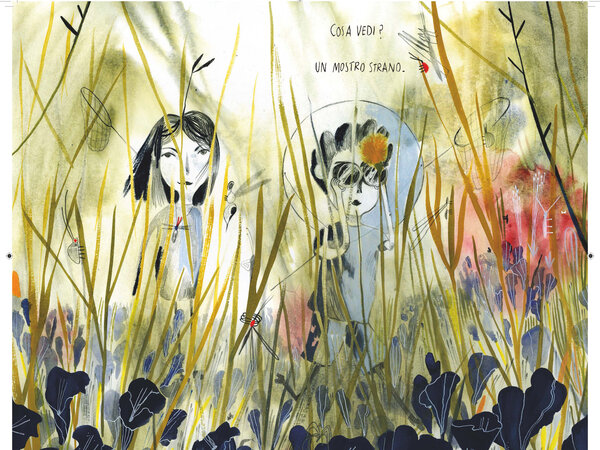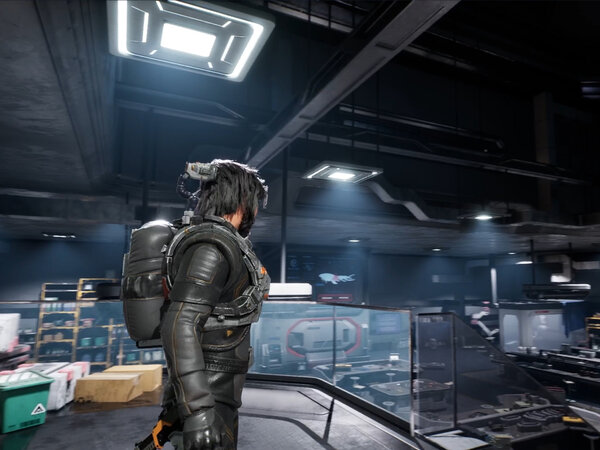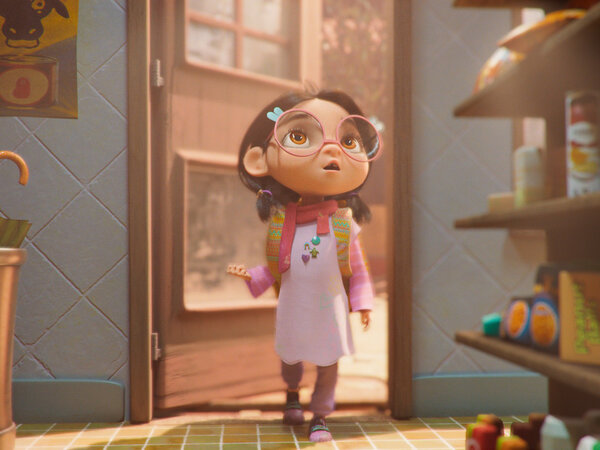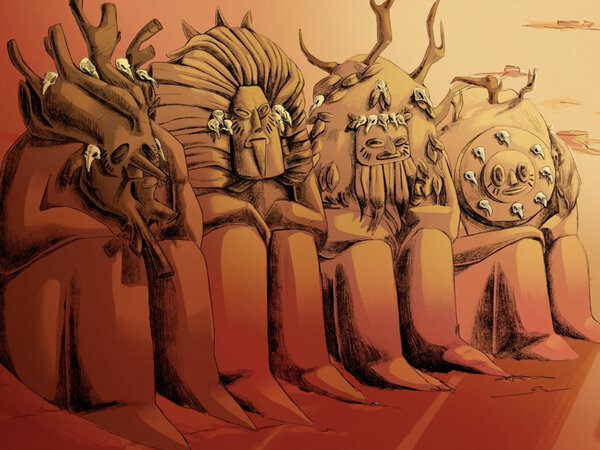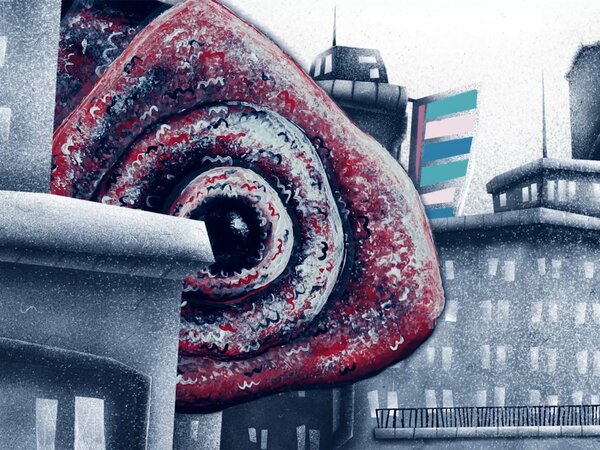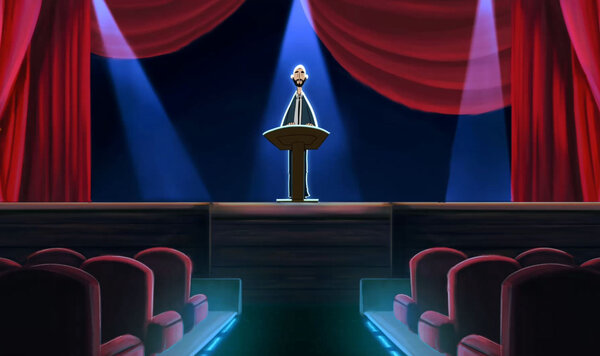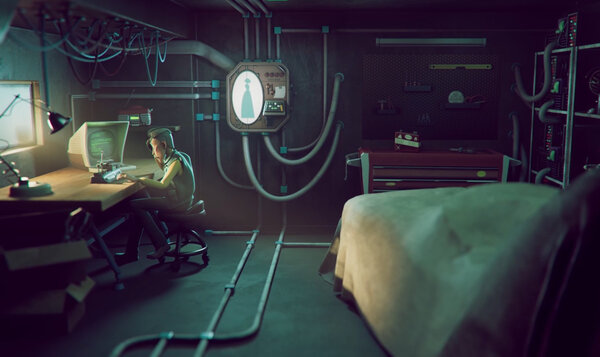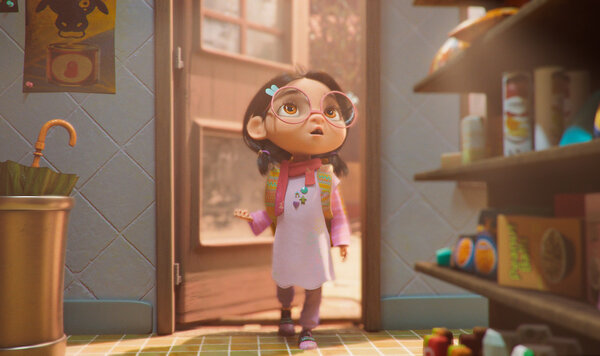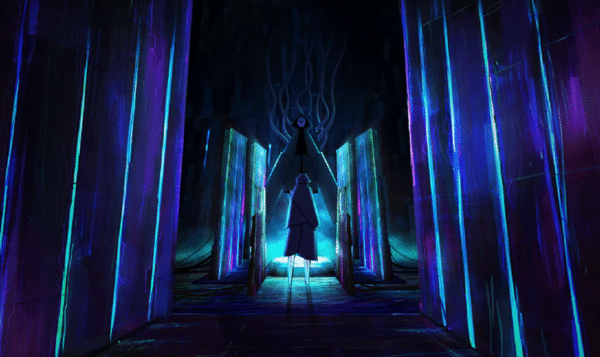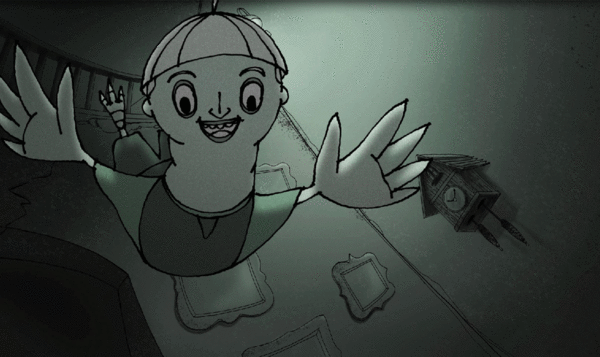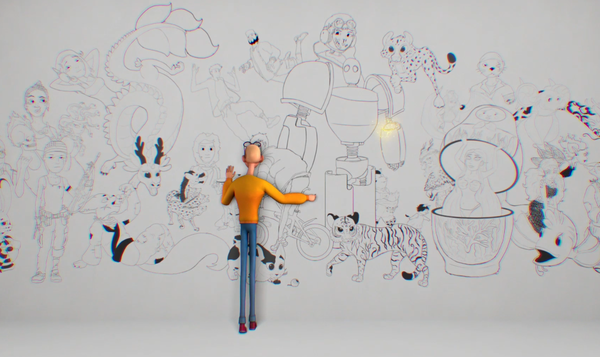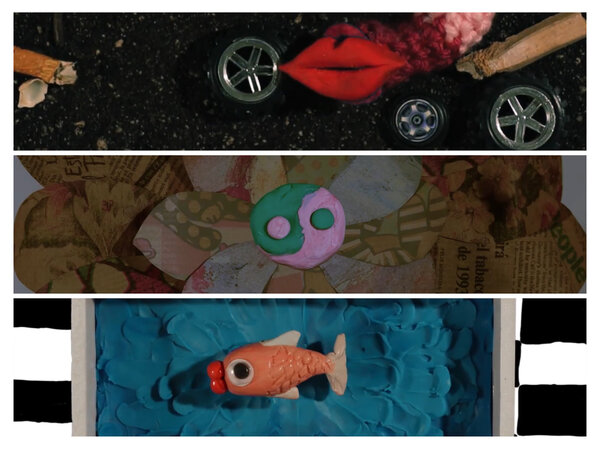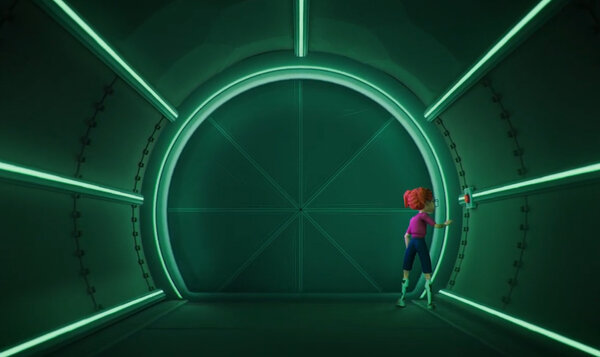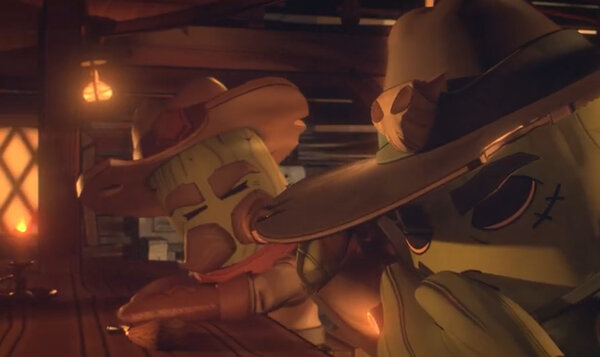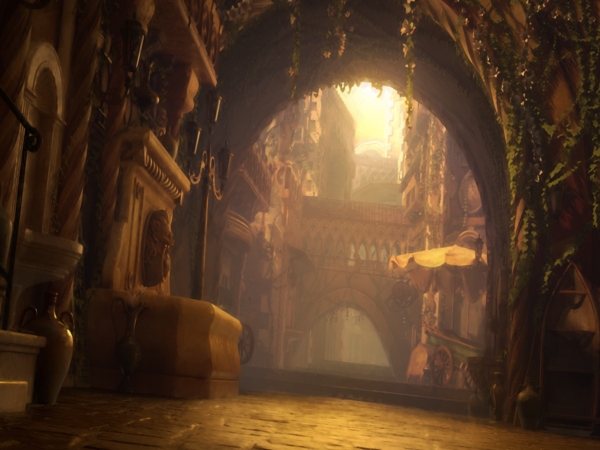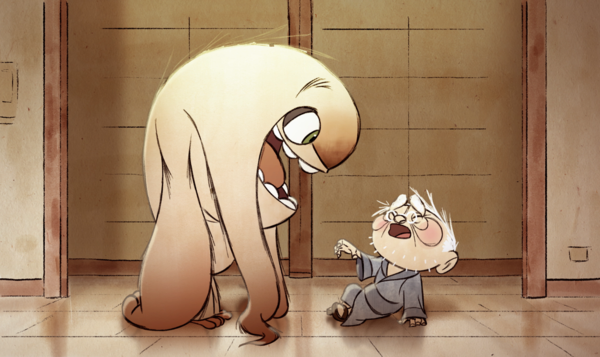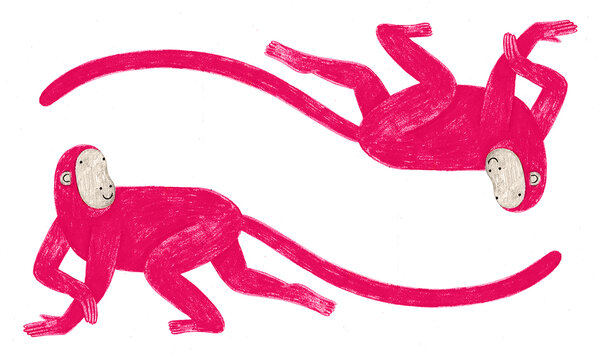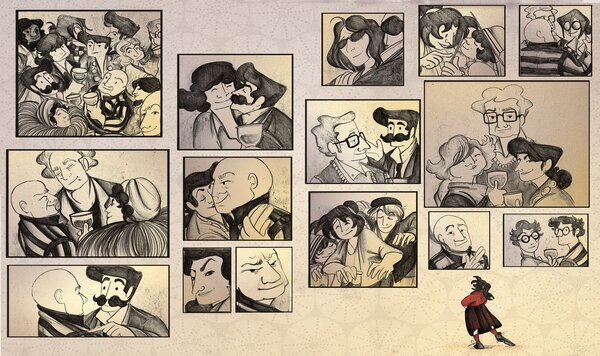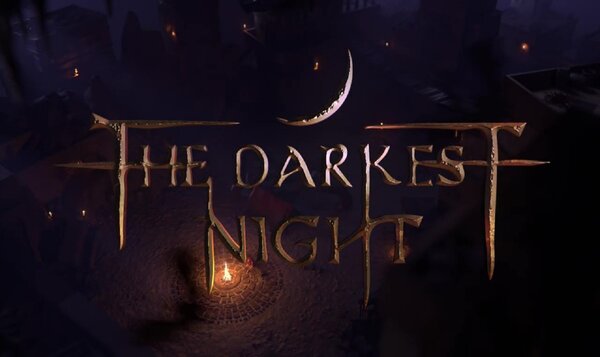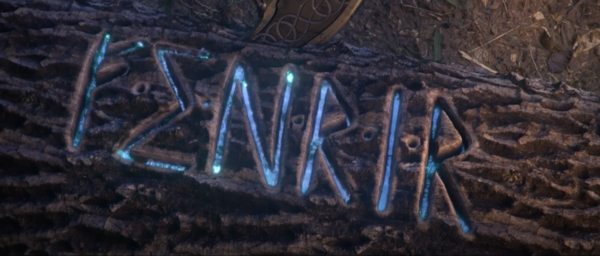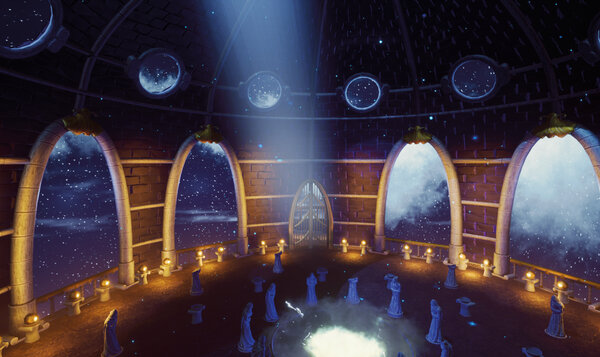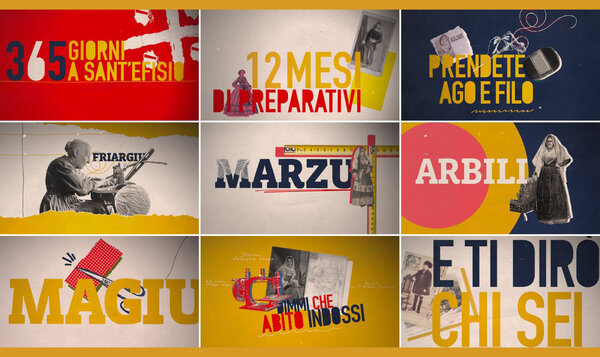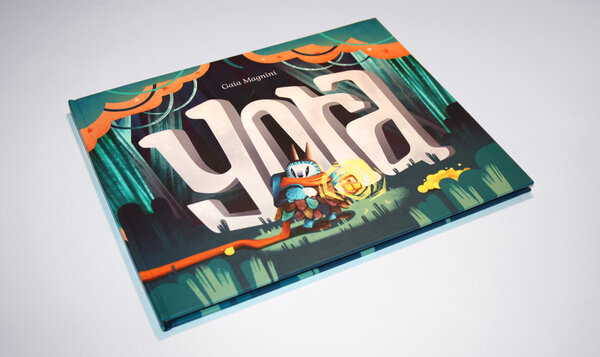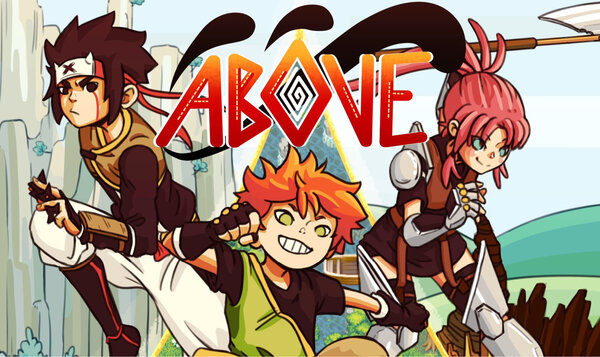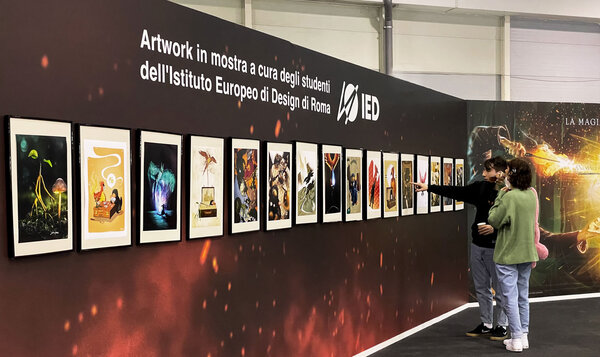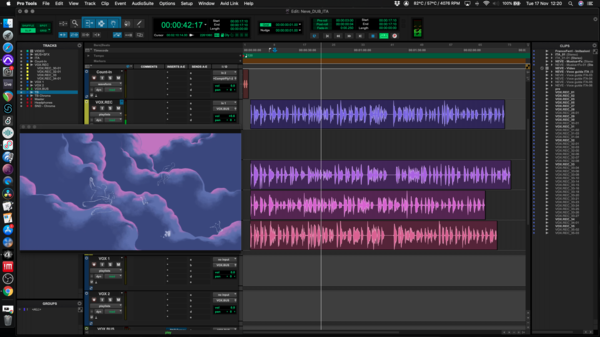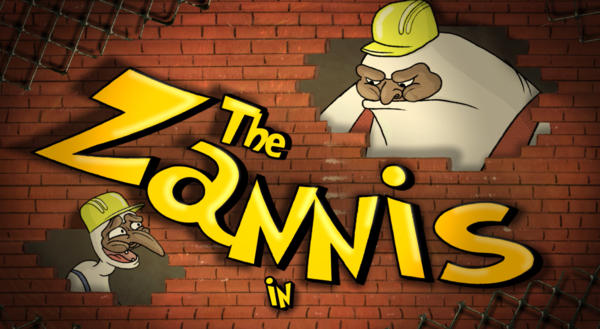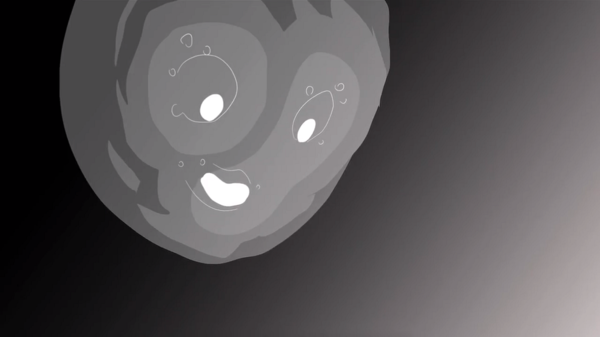
Game Designers: what they do, how much they earn and how to become one
Who they are and what they do
The Game Designer is a key figure in the video game industry, responsible for the design and development of digital computer games.
A Game Designer is a creator of virtual worlds and adventures that capture the imagination of players around the globe. In their role, they not only develop the basic concept of the game but also oversee every aspect of its creation, defining the plot, structure and characters. Their ability to combine elements of art, science and narrative is central to converting the initial idea into an authentic and technically sound gaming experience.
In addition to these creative and technical skills, this professional has a strong sense of gameplay that allows them to anticipate and shape user playing modes. Through iterative reviews and playability tests, they continually refine the product, perfecting the game dynamics and ensuring the final experience meets user expectations and maintains the strong reputation of the brand. In this way, the Game Designer not only brings creative visions to life, but also contributes significantly to innovation and growth in the video game industry.
Specialisation is fundamental in this field. Various aspects, such as concept creation, development, art direction, realisation of characters, environments and animations require specific skills. Often, Game Designers dedicate themselves to a single area throughout their career, continuously perfecting their skills and contributing to the quality and consistency of the final product.
Role and responsibility
The Game Designer is at the heart of the game development process. Their task is to outline and refine the structure, including levels, storyline and difficulty progression, to ensure that each element is harmoniously integrated to provide an optimal gaming experience.
They work closely with Programmers, Graphic Designers, Sound Designers, Illustrators and Video Designers , ensuring that every detail of the game contributes towards smooth storytelling and impressive graphics. The ability to work in a team is essential for a Game Designer, as the success of a project depends on the synergy between different skills and effective communication between team members. Only through close cooperation and continuous coordination is it possible to transform a creative vision into a high-quality product that meets the expectations of the public. In this process, they are responsible for balancing complexity and accessibility, ensuring a game that is both challenging and engaging for beginners and experienced enthusiasts alike.
Responsibilities also include adapting these visions in response to user feedback, continually refining the game until it is released or updated.
Career and salary
A career as a Game Designer is dynamic and full of opportunities for growth. Professionals in this field often start in secondary roles, where they learn the basics of game design and development under the guidance of more experienced designers. As they acquire skills they can progress to more senior roles, such as Lead Designer, becoming responsible for the creative and technical vision of large and complex game projects.
Salaries can vary widely depending on experience in the industry and the size of the company you work for. In the first few years, pay may be modest, but with practice and constant commitment, the earning potential increases significantly. Game designers who work in large companies or who have a commercially successful portfolio can actually earn very high salaries, which reflect the impact of their work in the video game industry.

IED Open Days
We look forward to meeting you in person at our premises and online, to learn more about our teaching offerings, get to know our services and interact with coordinators, lecturers and students.
Skills and training
To be competitive in the industry, a Game Designer must possess a wide range of skills from programming to graphics to the ability to tell engaging stories.
Storytelling, in particular, plays a Storytelling, in particular, plays a crucial role: it requires creating a compelling story and seamlessly integrating the story with gameplay, characters, and the game environment. A good Game Designer builds narrative universes capable of immersing the player in the story, ensuring a high level of attention and emotion through well-written dialogues, twists and turns, and coherent plot development.
Specific training is crucial and should also provide solid computer and visual art skills so that professionals can work effectively with development teams creating stories and visual settings that are attractive to the player.
IED offers advanced courses in Computer Generated Animation that equip students with the most up-to-date skills in art and technology, which are essential for the creation of 2D and 3D animation and for the development of three-dimensional modelling and two-dimensional digital drawing techniques. Furthermore, the multidisciplinary approach to game design allows students to go through all phases of game conception and development, providing a comprehensive and effective training.
How to become a Game Designer
In order to become a professional it is crucial to follow undergraduate or master courses specialising in game design or interactive disciplines. Deveoping a strong portfolio that showcases the ability to conceive and create games, which can be perfected by working on team projects or developing independent titles.
These steps not only increase technical and creative skills, but also visibility in the industry.
If you are passionate about video games and want to turn this passion into a profession, find out here about all the courses offered by IED.

